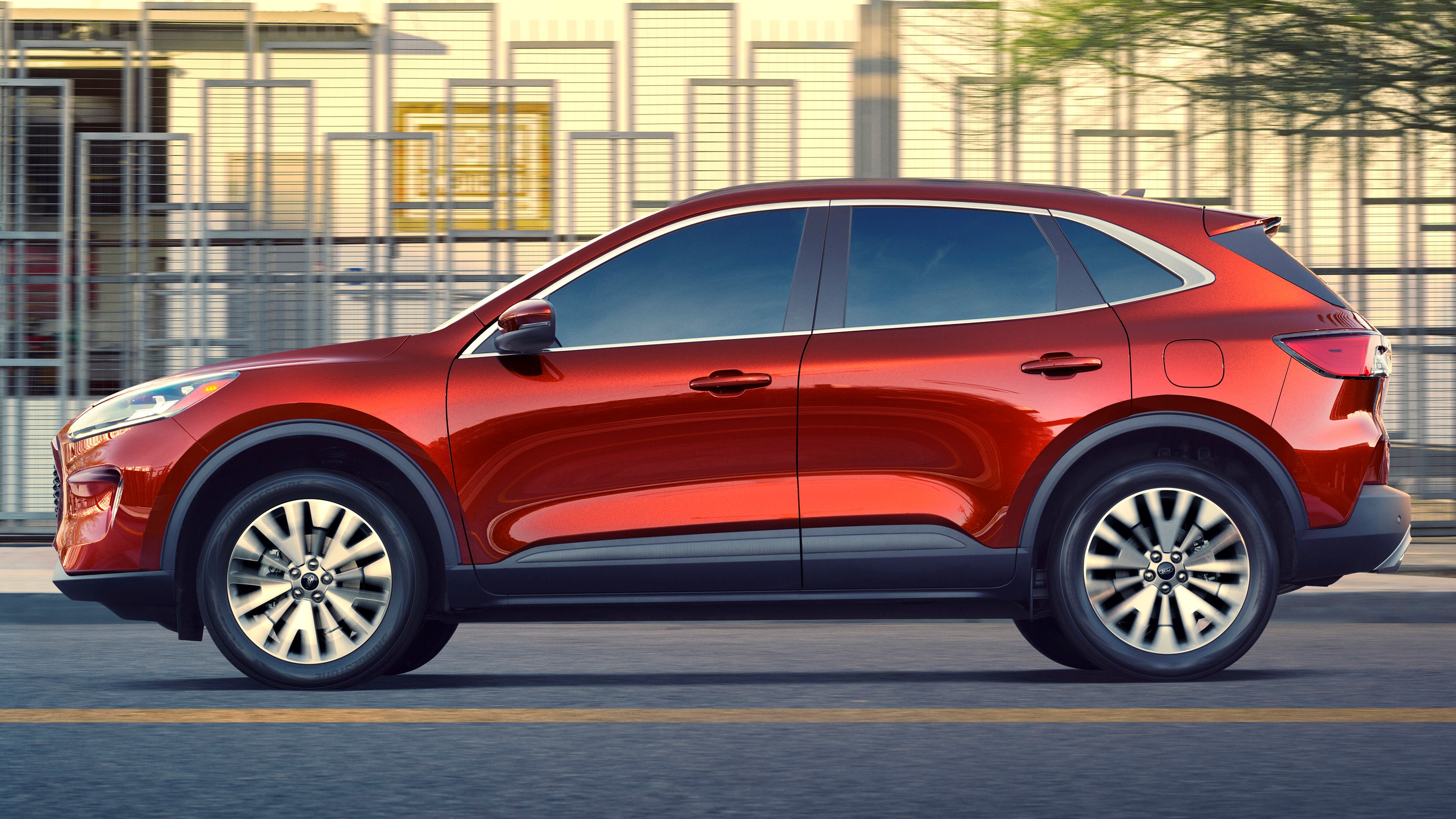The Brake Coach feature on the 2020 Ford Escape actually worked on the road
More effective regenerative braking

More details and more specific feedback in cars will change how we drive. When we know what to do, and when we’re provided enough information to make better decisions, we will respond by driving safer, smarter, and more economically.
The problem, of course, is that we sometimes lack enough information. For the person who constantly jams down on the accelerator, maybe he or she doesn’t realize quite how that impacts their fuel economy. Racing up to stoplights and braking suddenly is also not the smartest way to drive, but most cars don’t warn you about that.

In a recent test of the redesigned 2020 Ford Escape SE Hybrid, I really liked a new feature called the Brake Coach. Many hybrids provide some feedback about braking and acceleration and offer a real-time graph showing how your driving impacts fuel economy. Yet, Brake Coach shows you a real-time percentage indicator of how effectively you are braking.
Here’s how it works. As I was driving, the Escape would analyze how long and how hard I was pushing down on the brake. I learned over time to push lighter and hold down longer, which increases the amount of regenerative braking that occurs.
This means the Escape can generate more electric power when you brake, but if you race up to a stop sign, you won’t add as much power. Ford changed the interface from the last time I’ve seen this indicator and it is now more obvious and on by default so you can see the results in a big, bold display.

In practical terms, the car was teaching me how to drive. In several test runs, I noticed how I could brake longer and reach 100% – and, in a few cases, I didn’t quite brake properly and only received a return of about 80% or less. The fact that this all occurs in real-time without having to inspect a complicated display is helpful. You brake, and the Escape tells you how you did.
In previous tests, I recall seeing a gauge that had a circle and a percentage -- it was more colorful and clean in some ways, but I prefer the simple percentage amount. That’s the goal anyway -- to learn how to brake in a hybrid more effectively.
Get daily insight, inspiration and deals in your inbox
Sign up for breaking news, reviews, opinion, top tech deals, and more.
What's around the bend
I can imagine what future cars will do. As we start connecting to more cars next to us on the road, we might see indicators for how well we have passed or merged, or whether we are driving safely around other vehicles. If we make a wide turn at an intersection, a future car might read sensors on the side of the road and on signs to show how close we came to it.

Today, this isn't really possible because GPS is not accurate enough and the sensors aren't available (although stoplights in places like Las Vegas do communicate with cars). I’m envisioning a day when there are sensors everywhere, and the opportunity for feedback like the Brake Coach actually helps us to drive safer and better.
We will have to be careful about how much information we actually show the driver, of course. And, the driver should have the chance to tweak all of the settings and pick the coaching features that make the most sense.
This will prepare us for a future when we let cars drive on their own, and all of this 'coaching' is actually more suited for the AI in a car and works as a guidance and control system. For now, I just like how Brake Coaching helped me squeeze out a little more fuel economy.

On The Road is TechRadar's regular look at the futuristic tech in today's hottest cars. John Brandon, a journalist who's been writing about cars for 12 years, puts a new car and its cutting-edge tech through the paces every week. One goal: To find out which new technologies will lead us to fully self-driving cars.
John Brandon has covered gadgets and cars for the past 12 years having published over 12,000 articles and tested nearly 8,000 products. He's nothing if not prolific. Before starting his writing career, he led an Information Design practice at a large consumer electronics retailer in the US. His hobbies include deep sea exploration, complaining about the weather, and engineering a vast multiverse conspiracy.
